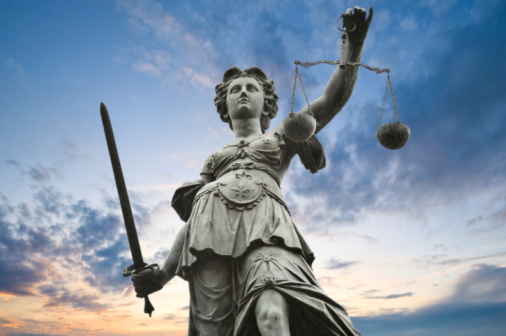
Separation of powers
The doctrine of separation of powers is fundamental to the American system of government. It divides the various tasks of running the government among the three different branches and thus prevents any one of them from becoming too powerful. The legislature makes the laws, the executive enforces them and the judiciary settles questions regarding the interpretation thereof.
Checks and balances
The chief role of the Supreme Court has historically been in the checks and balances system. Thus, the president appoints its judges with the approval of the Senate, and the Court can declare acts of both unconstitutional. It is in this function that the Court is probably most famous, but we shall examine that closely in the following section.
The power of the Supreme Court
The Constitution does not say that the Supreme Court can declare laws unconstitutional. For that matter it does not say the Court can do anything. Article 3, Section 1 vests “the judicial power” in the Supreme Court and in inferior courts, and Section 2 begins: “The judicial power shall extend to all cases, in law and equity, arising under this Constitution.” Nowhere is “the judicial power” explicitly defined; the Framers obviously took it for granted that there was no need to do so.
During the Depression era, when the powers of the federal government expanded considerably, the Court repeatedly overturned many of Roosevelt’s New Deal programs. In consequence, the administration, beginning in 1935, explored ways of counteracting the Supreme Court’s rulings, including a constitutional amendment clarifying federal legislative power (this was rejected); another amendment abolishing the Court’s power to declare acts of Congress unconstitutional; requiring a two-thirds vote of the justices when making such rulings; and enabling Congress to validate laws ruled unconstitutional by re-passing them with a two-thirds vote of the Senate and the House.
Contact The Brei Law Firm, your trusted lawyers in Tucson for help today.
